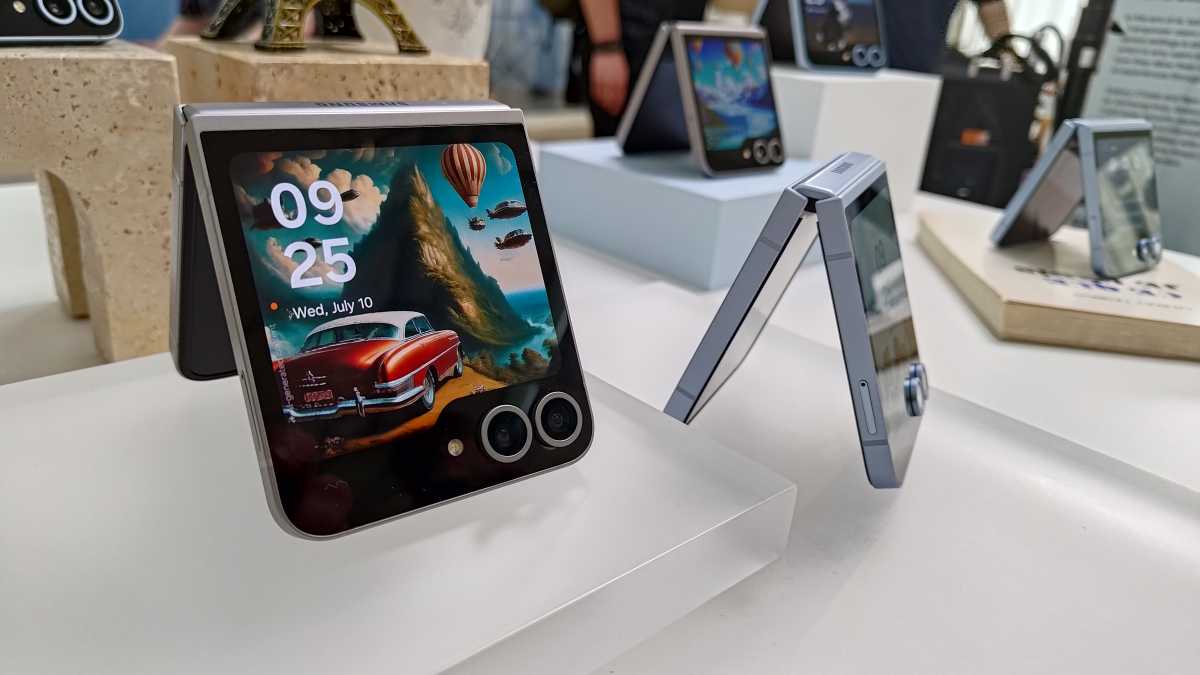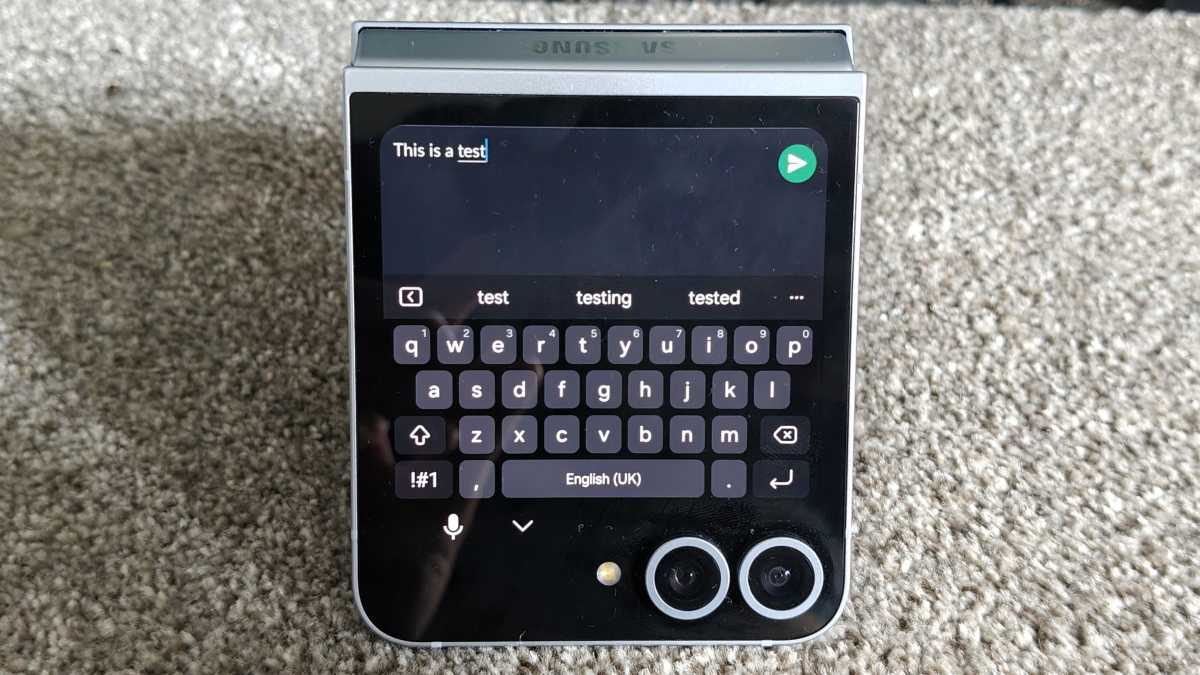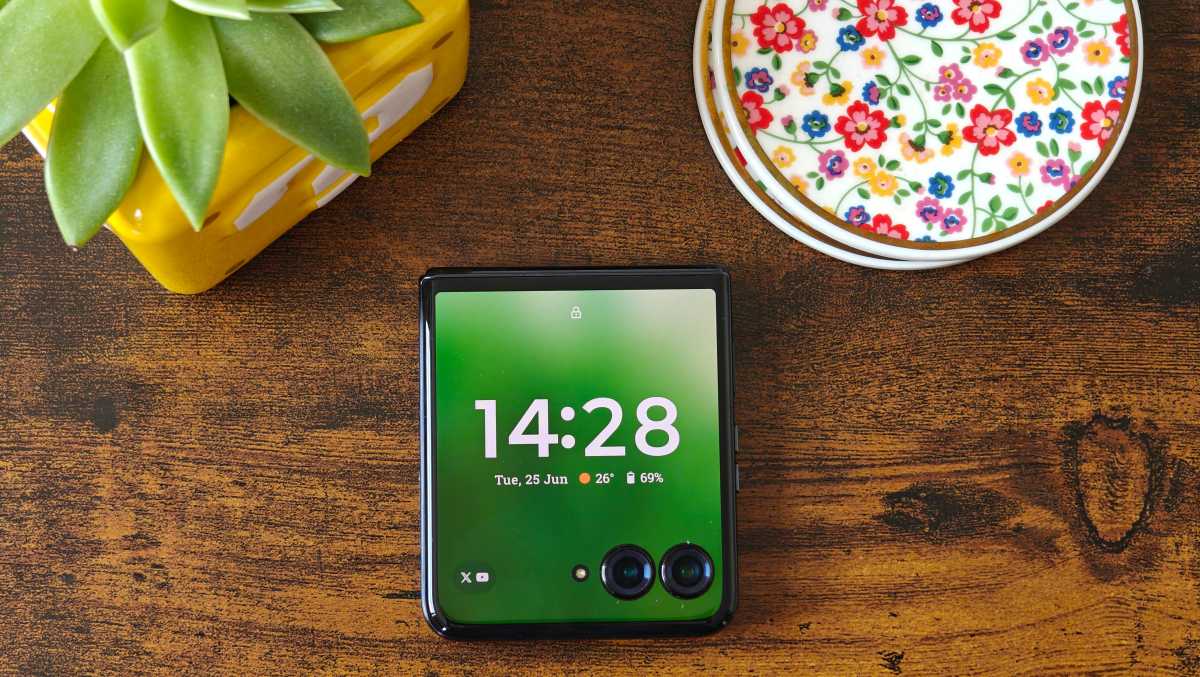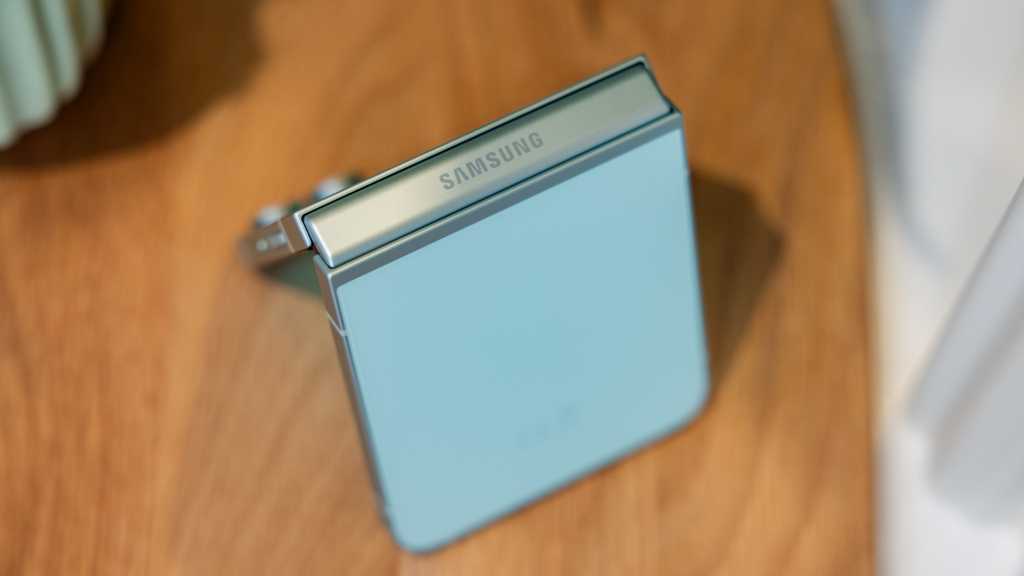Table of Contents
I hate the way I use my phone.
The problem isn’t just the amount of time I spend on my smartphone, although an average of about three hours a day (plus eight hours on my work laptop and about two hours in front of the TV) isn’t exactly healthy.
More than that, it’s the way I use it: mindlessly checking news sites, email, social media, or even the weather, all for that quick hit of dopamine. During every moment of downtime, I almost unconsciously reach for my phone.
I’ve tried all the usual things, including setting app limits and deleting social media apps. I leave my phone in another room when I go to bed, and I even turned off the YouTube app, which can’t be deleted on Android.
However, nothing has diminished the irresistible urge to check my phone all day. Sure, I could swap my handset for a phone with basic features, but I don’t want to be without all the great things a smartphone has to offer.
It also wouldn’t exactly be ideal for my job, which involves testing many of the very best smartphones you can buy. And honestly, I’m afraid I’ll get lost all the time without Google Maps.
With all that in mind, I was pretty excited to test a flip phone for the first time. In theory, they offer the best of both worlds: key features and information through a small cover screen, and then access to a full smartphone experience once unfolded.
Dominik Tomaszewski / Foundry
And it wasn’t just any smartphone I was testing. It was the Galaxy Z Flip 6, the latest version of Samsung’s leading foldable device. However, soon after setting it up I ran into some major problems.
Where are all the apps?
After transferring my data, I headed straight to Settings, eager to install all the apps I found useful but not disruptive. Unfortunately, I left the hotel feeling bitterly disappointed.
By default, the Z Flip 6’s cover display is limited to just a handful of basic widgets, including those for Samsung’s Calendar, Reminder, and Weather.

Mattias Inge
Adding apps is what Samsung calls a ‘Labs’ feature, with the company warning that “some apps may not work as expected.” Even then, you only have five at your disposal: Google Maps, Google Messages, WhatsApp, Netflix and YouTube. Gmail and Outlook are on their way via a software update.
As a result, notification functionality is very limited and only standard preset responses are available for most apps. Unless you follow the weird method of getting an app to work.
Here goes. Download Samsung’s ‘Good Lock’ app from the Galaxy Store. Open the app and tap the ‘Life up’ tab. Download and install ‘MultiStar’. Open it and tap ‘I ♡ Galaxy Foldable’. Select all the apps you want to add to the cover screen. Tap ‘Enable Launcher Widget’. Relief.
To use the cover screen as productively as possible, I wanted access to the main messaging and audio apps, plus Google’s Wallet, Calendar, and Keep Notes. In theory, this would mean I wouldn’t have to use the internal display at all during the day.
Unfortunately, as I soon discovered, there’s a reason why Samsung doesn’t make it easy to install them. These unoptimized apps proved more frustrating than functional. A small keyboard made typing a chore, while crucial text was often cut off or missing entirely due to bugs.

Anyron Copeman / Foundry
Most of the time I opened the phone to do some important task, which defeated the usefulness of the display on the cover. In any case, the interaction with two screens meant that my screen time increased slightly.
Bigger isn’t always better…but it is there
Would a larger cover display have prevented these problems? To some extent, yes, so Motorola’s Razr 50 Ultra (also known as the Razr+ (2024) in North America) might be a better choice for a screen time experiment.
The 4-inch cover screen is significantly larger than the Z Flip 6’s 3.4-inch screen, while the squarer design means apps display more naturally.

Hannah Cowton / Foundry
As a result, Motorola allows you to run any app on the Razr 50 Ultra’s cover display without any complicated workarounds. My colleague Hannah Cowton even noted in her full review that it “helped me better manage my screen time,” though there’s no guarantee it would have had the same effect on me.
A Samsung problem or a flip phone problem?
Ultimately, I think we’ll have to wait for more developers to optimize their apps for cover screens before flip phones can be a true screen time solution.
In the meantime, they can be a useful way to introduce a little more friction into your smartphone use. But I wouldn’t recommend buying one for the specific purpose of reducing your screen time – you might be disappointed.
Technically, my experiment with the Z Flip 6 has been a failure, with no significant change in my smartphone habits. However, it has made me more aware of the way I use a phone, which can only be a good thing.
Read our full review of the Galaxy Z Flip 6 to learn more about the device, or check out our guide to the best foldable phones for some great alternatives.

